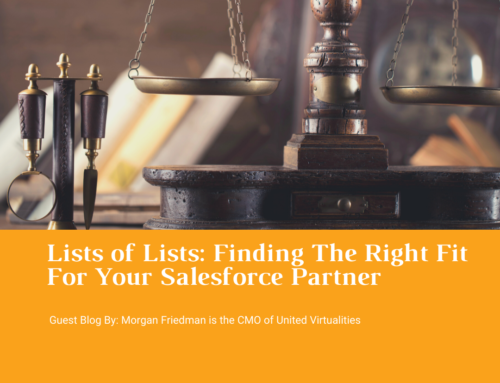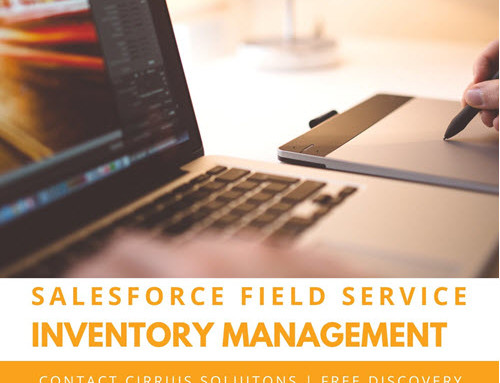Some level of data migration from legacy systems is needed in almost all CRM projects. Data migration best practices should be used when planning your migration as your data is the key to making good decisions. The importance of good data quality should not be underestimated since poor or incomplete data can lead to a low acceptance of the CRM application.
One of the first and most important steps in any data processing task is to verify that your data is valid, clean and free of duplicates. We understand that preparing your data can be a source of pain. Cleaning data for migration into the CRM system is not always an easy process and can be quite time-consuming.
Key Considerations: You should ask yourself the following questions when planning for your data migration.
- What are the sources of data?
- Who is going to use the data?
- Who is going to own which records in Salesforce?
- What data is relevant moving forward?
- Will any custom fields need to be added?
- Are there any data transformations needed?
- Are the field types (text, number, picklist, etc.) aligned between systems?
- Have all the duplicates been removed?
- Are naming conventions consistent?
- Is the data complete?
Solutions: Migration of your data is important and it has to be done correctly. We have tips on how to make it easier:
- Create a plan with the who, what, when and where of the data migration
- Save backup copies of data!
- Identify the key data sets that are important to the ongoing business (Account, Contact, Products, etc.)
- Clean the data before importing as much as possible
- Create and Map Only Relevant Data Fields
- Understand the relationships between the records to ensure the proper associations between Accounts, Contacts and related Activity history
- Import Legacy IDs as the Legacy ID for each record should be populated into a custom field in all CRM records.
- Identify any data transformations that are needed (Ex. MN to Minnesota)
- Normalize old data if possible to limit the number of errors during the create a Cutoff date for old records
- Perform a test migration on a limited set of records and conduct data quality analysis
- QA process should include validation of record counts, field level validation and data integrity
- Include business users in the final validation as they know their data the best!
- At Go-Live build a detailed project plan with the order of activities and validation steps. This is important as all Accounts need to be loaded before contacts and opportunities.
While deploying these types of practices can take additional time and cost more in the short run, the result will be an easier to use the CRM system, which will result in higher user adoption. There will also be better data available for marketing and for reporting purposes.
If you need help with data migration best practices during your next roll-out, contact the Cirrius Solutions data experts at www.cirriussolutions.com/contact.





